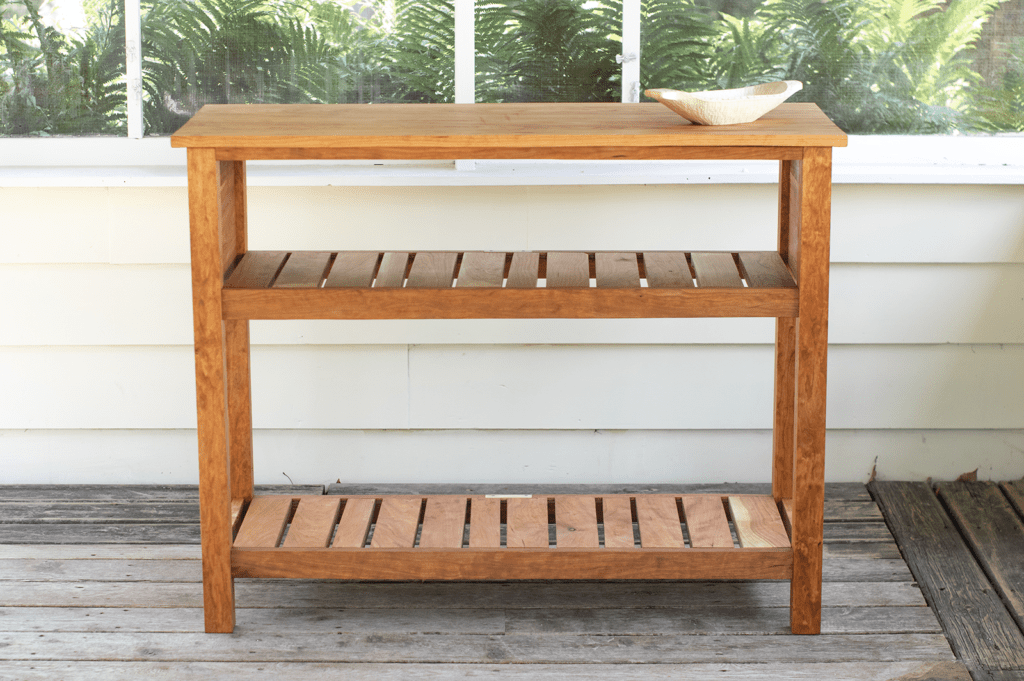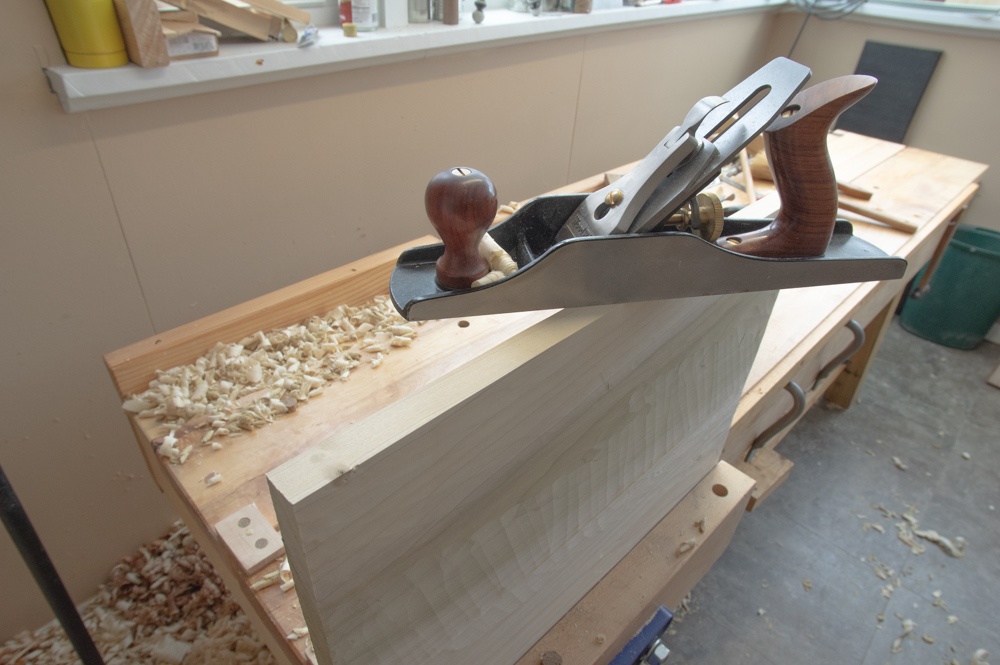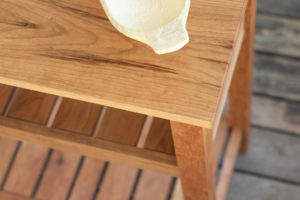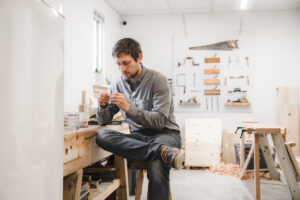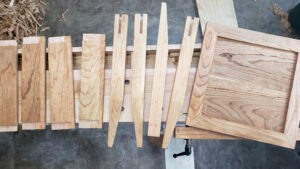Is the furniture made with hand tools different from power tools? Of course it is. There are many differences that you may not notice at a glance.
the finish
The surfaces of the wood made by hand tools are often hand planed, which leaves a hardened, burnished surface without sawdust filling the pores. Sometimes scrapers are used which also leave a very smooth surface, or a light touch of sandpaper, but not to the extend of power tool users. A hand tool finish feels more like glass, while a heavily-sanded finish feels more like a soft felt.
However, the finish will turn that surface into something different. An oil will leave a more natural feel of the wood, while poly will create a plastic film over the top. A hand planed surface with an oil finish is definitely a unique feel. We all known what plastic feels like.
joinery
Power tools love to use screws and loose tenons, often with plywoods and fiber board. Hand tools love to use hand-cut joinery with solid woods. Sure, you can flip those around, but this is where they excel.
The downside of screws and loose tenons is strength. They can be used very quickly, at low cost. Screws are very strong, but the wood around the screw becomes weak when the screw doesn’t allow movement of the wood. Screws can become loose in soft woods and need to be tightened, but they hold better in plywoods.
The downside of hand-cut joinery is time. It takes time to learn and time to create each joint. Not all hand-tool processes are slower, but complicated joinery does take more time which turns into a higher cost. The benefit is this joinery has been proven through the test of time. Or sometimes, the exposed hand cut joinery just gives off the right vibes.
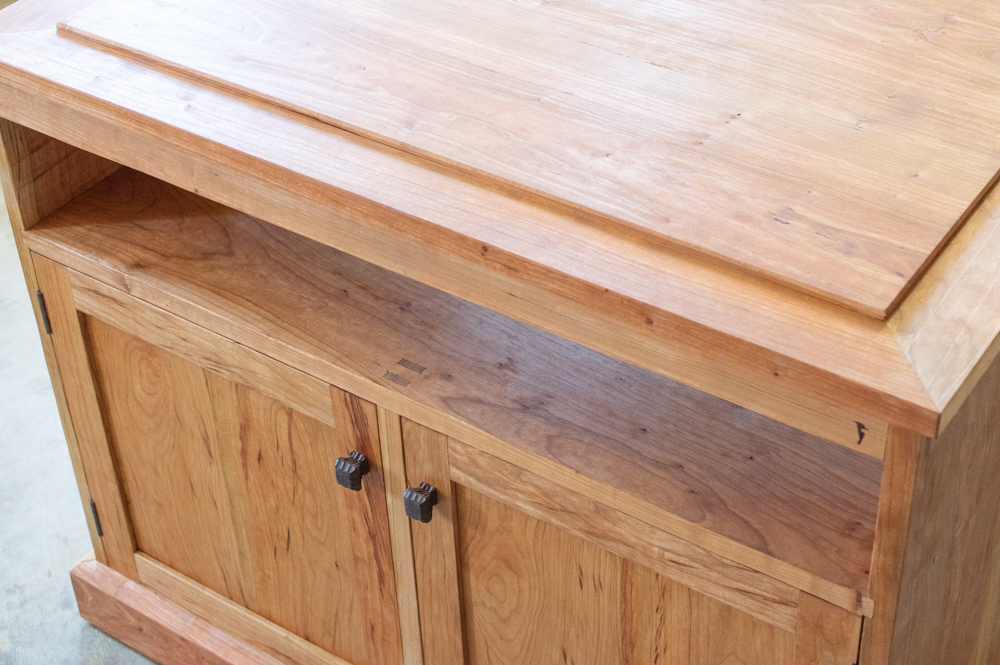
the "look"
Furniture made with power tools has very straight lines when they are supposed to be straight. Saw marks are usually sanded away, and wood pores are closed up. This is simply the look of furniture made with power tools. Sometimes it’s too ‘sterile’, so the craftsmen will intentionally add dents and rounded edges to give it a rough look.
Hand tools are more likely to have saw marks and rough planing marks hidden inside and under the tables, a sign of the tools used. Scratches from marking knives might be noticeable. You may see chamfered edges are not quite perfect. Hand tool furniture sometimes has a different style or “feel” to it than power tool furniture, similar to the affect of a live edge table.
strength
Can power tools also make strong furniture? Absolutely, but hand tool furniture has been put to the test. For example, short grain pieces that are more likely to crack are avoided because they make hand planing very difficult (and because they might crack, of course). Second, joinery like mortise & tenons are literally being pounded with a hammer. A weak piece of wood will break before the mortise is finished. It’s not that power tools can’t use good wood, it’s more like hand tools must use good wood, or the craftsman will have regrets before the piece is finished.
What’s your style? The choice is yours. Not all my furniture is made with hand tools, but my favorite pieces are.
